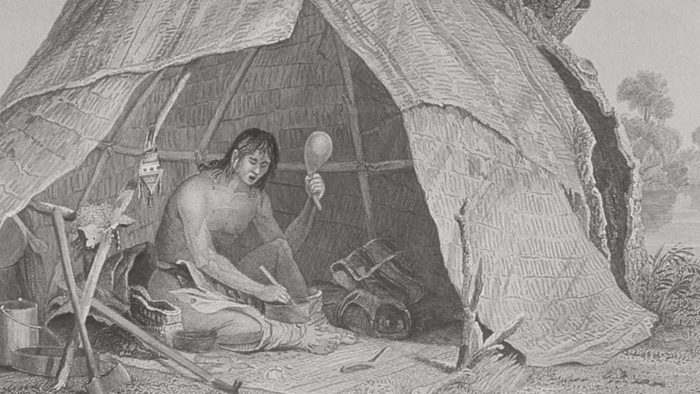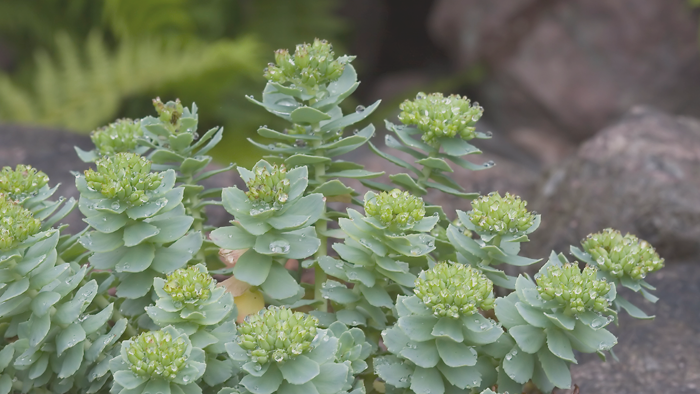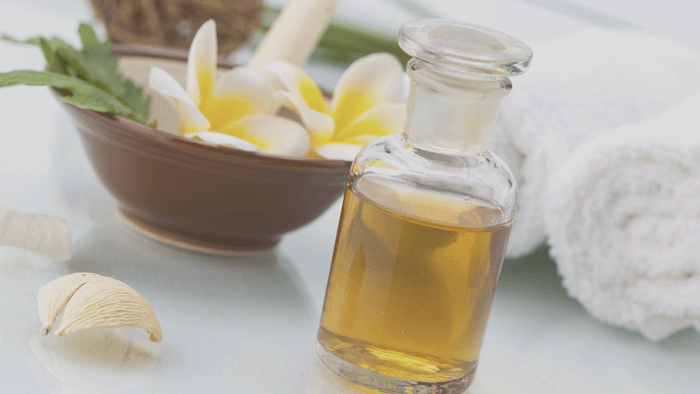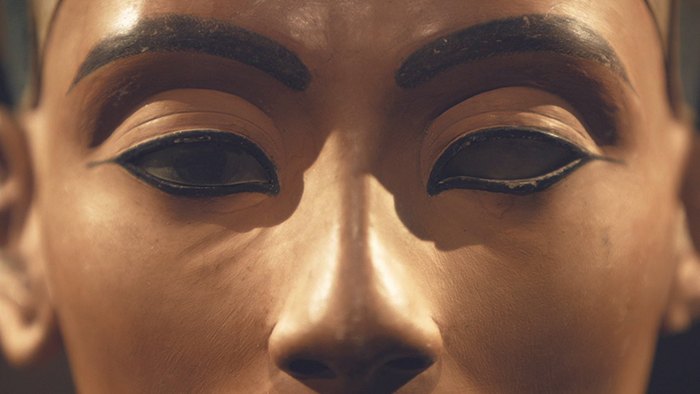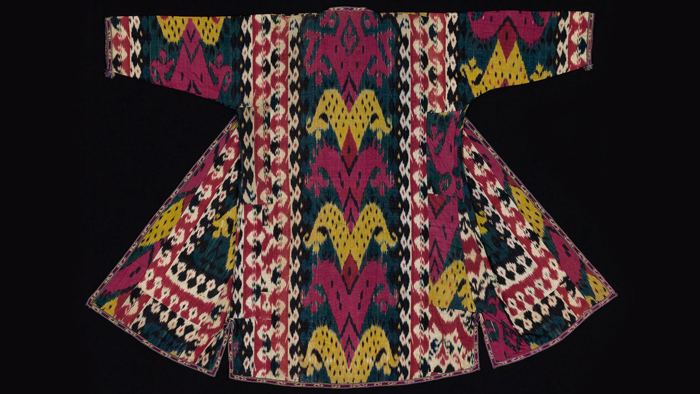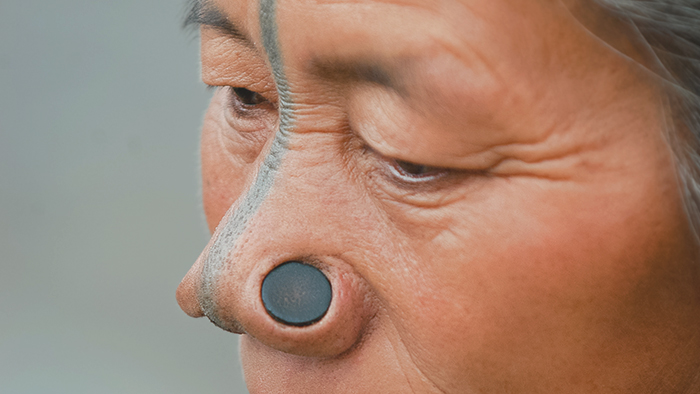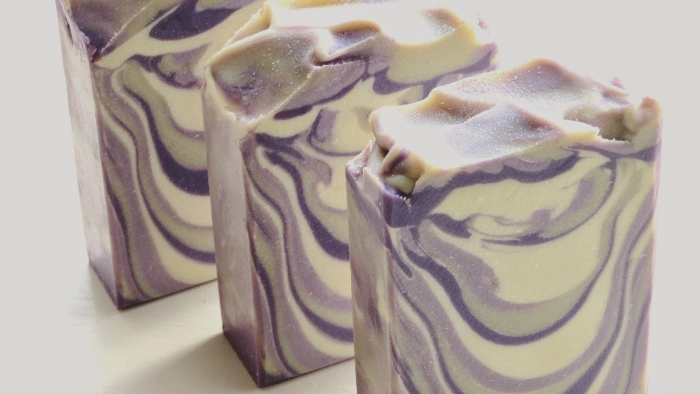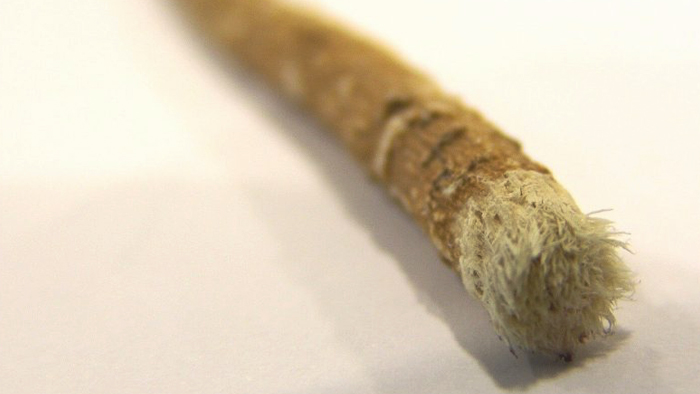The Tradition of St. Nicholas Day Around the World – December 6th
Many people know St. Nicholas by the name Santa Claus. And yet while the modern figure of Santa derives from St. Nick, you’d hardly find this patron saint of children making toys in the North Pole. So Who Was St. Nicholas? The real man behind the fictitious modern day Santa Claus was St....


